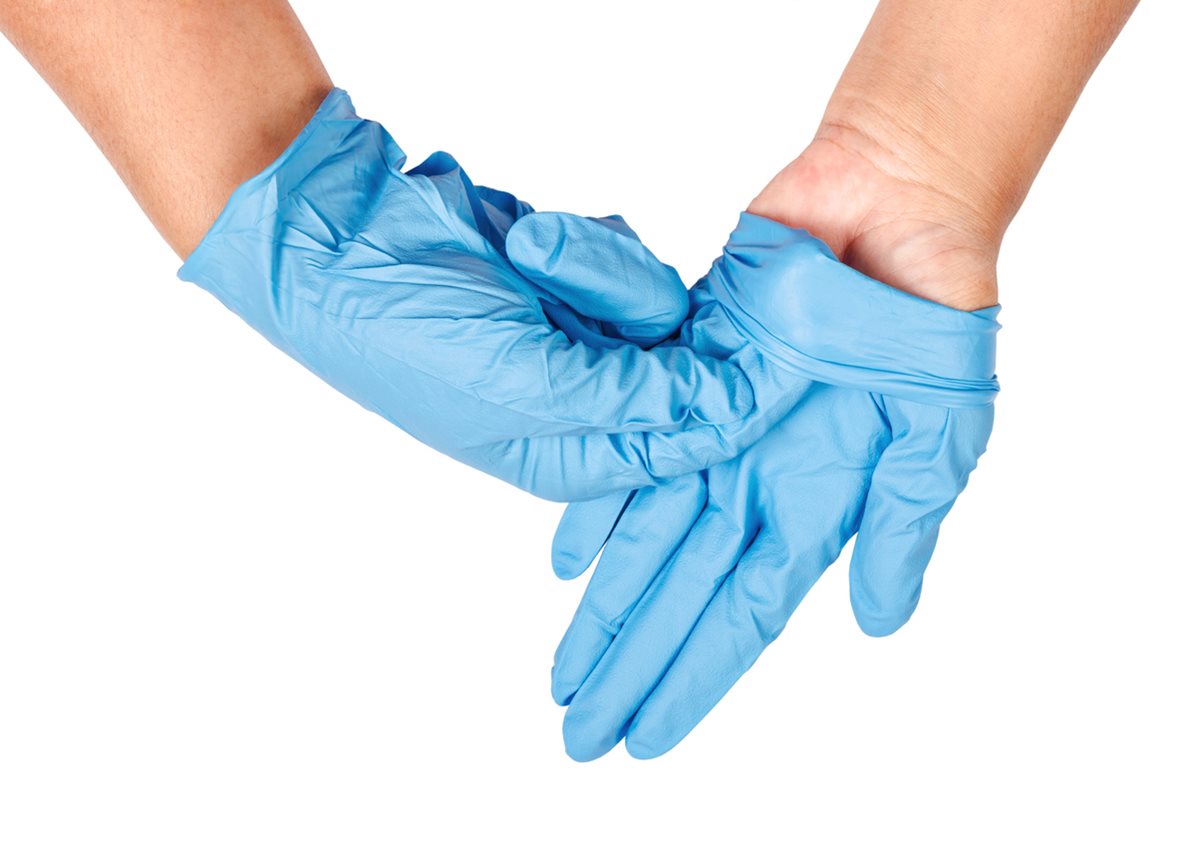The latest guidance for personal protective equipment (PPE) from the UK government contains recommendations for healthcare clinicians in a variety of settings including primary and secondary care, as well as when to use a fluid resistant surgical face mask or FFP3 respirator.
The new version emphasises that "the latest guidance is based on the best scientific evidence."
An accompanying statementsays, "The guidance recommends the safest level of PPE to protect NHS healthcare workers and specifies the type of PPE that should be worn in the various healthcare settings where patients are cared for.
"We know that some frontline teams will be anxious about whether they have had the right PPE and we can reassure them that they have and will continue to do so going forward. This guidance will protect stock levels from unnecessary use and support staff to use the right equipment."
The Society's chief excutive officer, Richard Evans, said, "This revised guidance will continue to be promoted by the SoR and is the basis for our professional advice to members. Radiographic practice requires PPE as described in the guidance.
"It is regrettable that the revised guidance does not go as far as we and other allied health professional bodies would have liked. However, it is clear that, for those healthcare providers not already supporting PPE for their radiographic staff, the case for local risk assessment is spelled out alongside much better guidance for vulnerable patients, which naturally includes all radiotherapy patients.
"The SoR advice to members remains unchanged and we support all members in ensuring that appropriate PPE is provided for all patient interactions.”
Key points from the guidance include:
- Any clinician working in a hospital, primary care or community care setting within two metres of a suspected or confirmed coronavirus Covid-19 patient should wear an apron, gloves, surgical mask (fluid resistant) and eye protection, based on the risk.
- In routine work there may be challenges in establishing whether patients and individuals meet the case definition for Covid-19 prior to a face-to-face assessment or care episode.
- Plastic aprons, FRSMs, eye protection and gloves should be used for any direct care of possible and confirmed cases. Such PPE may be indicated for work in such settings regardless of case status, subject to local risk assessment.
- Ultimately, where staff consider there is a risk to themselves or the individuals they are caring for, they should wear a fluid repellent surgical mask with or without eye protection, as determined by the individual staff member for the episode of care or single session.
- In some circumstances, PPE, particularly masks and eye protection which is there to protect the health and care worker, can be worn for an entire session and doesn’t need to be changed between patients, as long as it is safe to do so.
- When carrying out aerosol generating procedures (AGPs), clinicians should wear a higher level of protective equipment. These are listed out in the guidance.
- Use of aprons rather than gowns for non-AGPs, including advice on thoroughly washing forearms if there is a risk of exposure to droplets, consistent with the UK policy of bare below the elbows and evidence reviews on the risks of healthcare acquired infections.
- For vulnerable patients, as a minimum, single use disposable plastic aprons, gloves and surgical mask must be worn for the protection of the patient. If the individual is encountered in any context described, or if meets case definition, then additional PPE should be applied as per recommendations stated by context and or risk assessment.
- WHO recommends the use of FFP2 masks but the UK has gone further and recommends the use of FFP3 masks (which have a fluid efficiency of 99%). However, we are clear that FFP2 have been approved by the WHO and can be used safely if needed.
- When removing PPE after a session, good hand hygiene and care should be taken to prevent cross-contamination.
